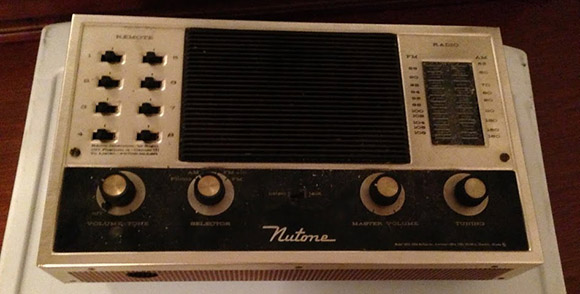
If you’ve picked up one of those really cool STM32 ARM dev boards, you’ve probably poked around looking for a good toolchain. No fear, then, because [Matt] has your back. He put together a template for the ARM Cortex-M4 powered STM32 board.
[Matt] had been using a template for the STM32 F4 we’d covered before, but found the implementation a bit lacking. Wanting to exploit the functionality of his fancy STM32 F3 board, [Matt] took the F0 template whipped up by our very own [Mike S] and got it to work with the newer, fancier dev board.
There are a few bonuses to using [Matt]’s template; the ARM chip in the F3 Discovery board has a hardware floating-point unit that is inaccessible using the Code Sourcery G++: Lite Edition toolchain. [Matt]’s use of gcc-arm-embedded allows access to the hardware FPU, a great benefit for a great board.

















